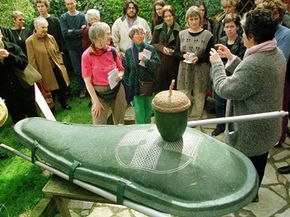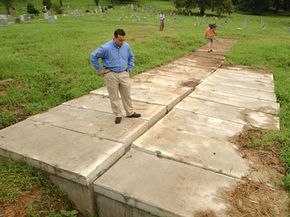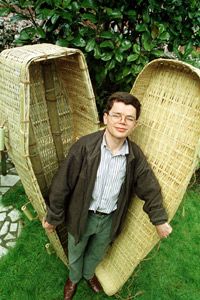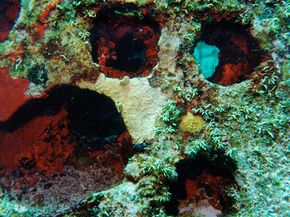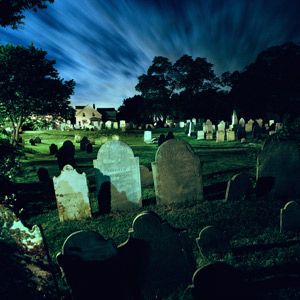If the idea of spending eternity in a box or as dust in the wind lacks a certain appeal, there's something for you behind door No. 3. There are some nontraditional and cutting-edge ways to memorialize yourself after death, either with cremains (cremated remains) or with your corpse. Let's start with cremains.
Human remains are mostly carbon. What else made of carbon comes to mind? Pencils (graphite) and diamonds. In theory, you could have your cremains turned into either. The Carbon Copies research project — purely conceptual right now — envisions your ashes as a lifetime supply of pencils (that'd be 240 pencils), each stamped with your name and contained in a pencil box with a built-in sharpener. As someone sharpens each pencil, the shavings, which are your ash, remain within the box turning it into an urn.
Not interested in reincarnating yourself as a box of pencils? Give your cremains to LifeGem, a company in Illinois, and in 18 weeks, they will have transformed them into a one-carat diamond through high heat and pressure. Or live out your afterlife under the sea as a memorial reef ball. Eternal Reefs Inc. mixes cremains with concrete to create artificial reefs — the company is even open to memorializing your pet this way.
If you'd prefer to skip cremation, there are some other wild ideas to think about, some conceptual and some real.
A Swedish environmental consultant has proposed an eco-friendly alternative to burial and cremation: freeze-dry a body in liquid nitrogen while blasting it with ultrasound waves, then shatter the brittle body to make a hygienic soil-enriching powder. While the process has only been tried on dead pigs and cows so far, a 176-pound (80-kilogram) person would generate about 44 pounds (20 kilograms) of powder [source: Morgan and Miller].
Or instead of shattering, how about dissolving your corpse? Through a process called alkaline hydrolysis, your corpse is liquefied in a steel cylinder with a combination of lye, 300-degree Fahrenheit (149-degree Celsius) heat and 60 pounds of pressure per square inch (4.2 kilogram-force per square centimeter) [source: Cheng]. The process, which isn't yet used in funeral services but has caught the interest of some in the industry, results in a thick, brown liquid that can be safely poured down the drain.
Modern death care is giving new meaning to the adage, ashes to ashes, dust to dust — just add to that liquid down the drain.
